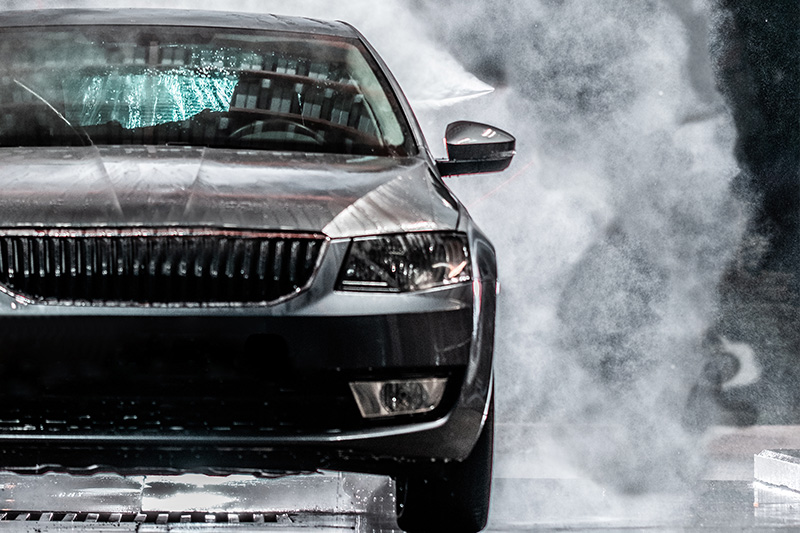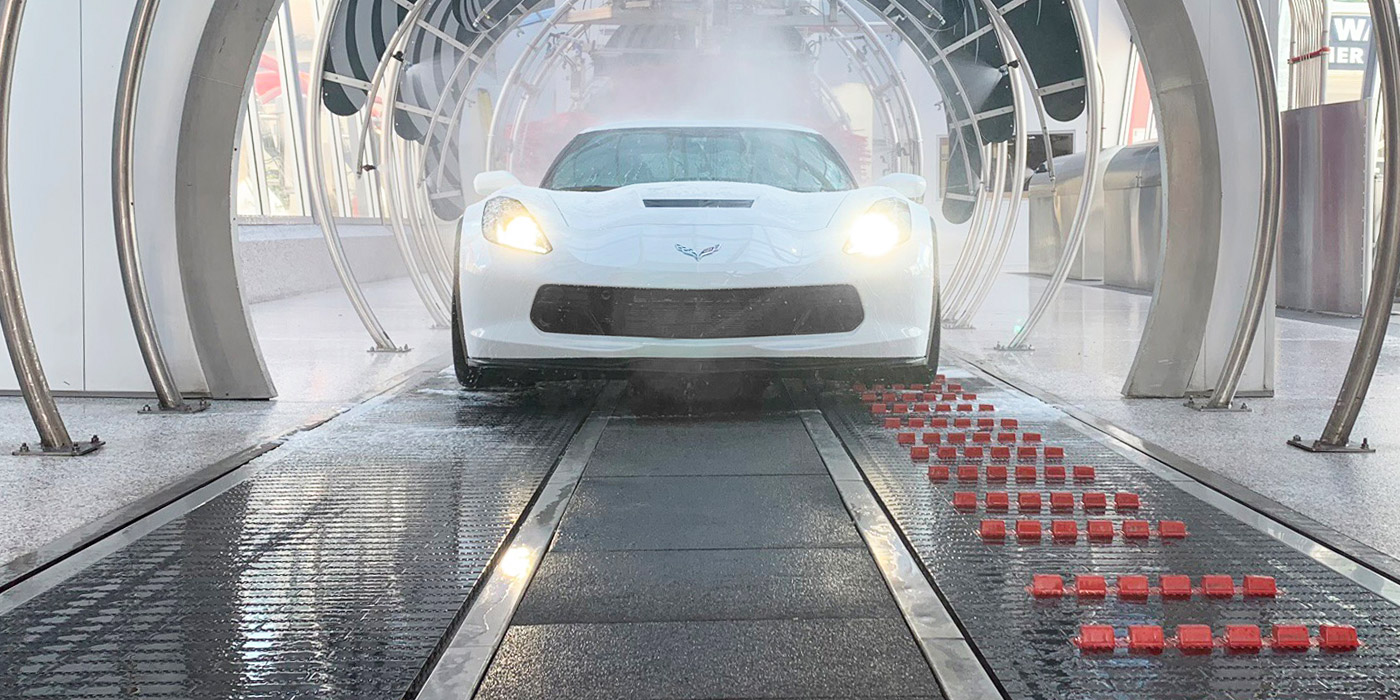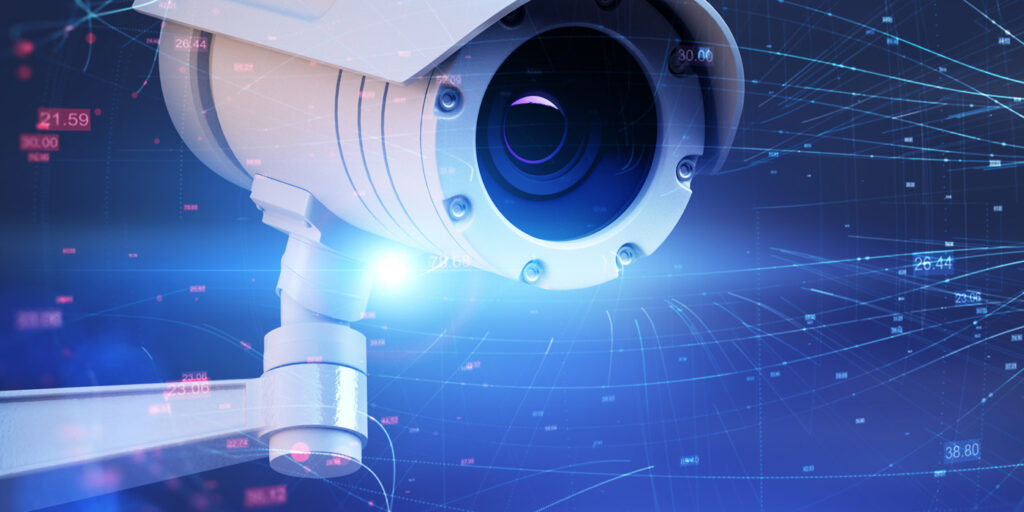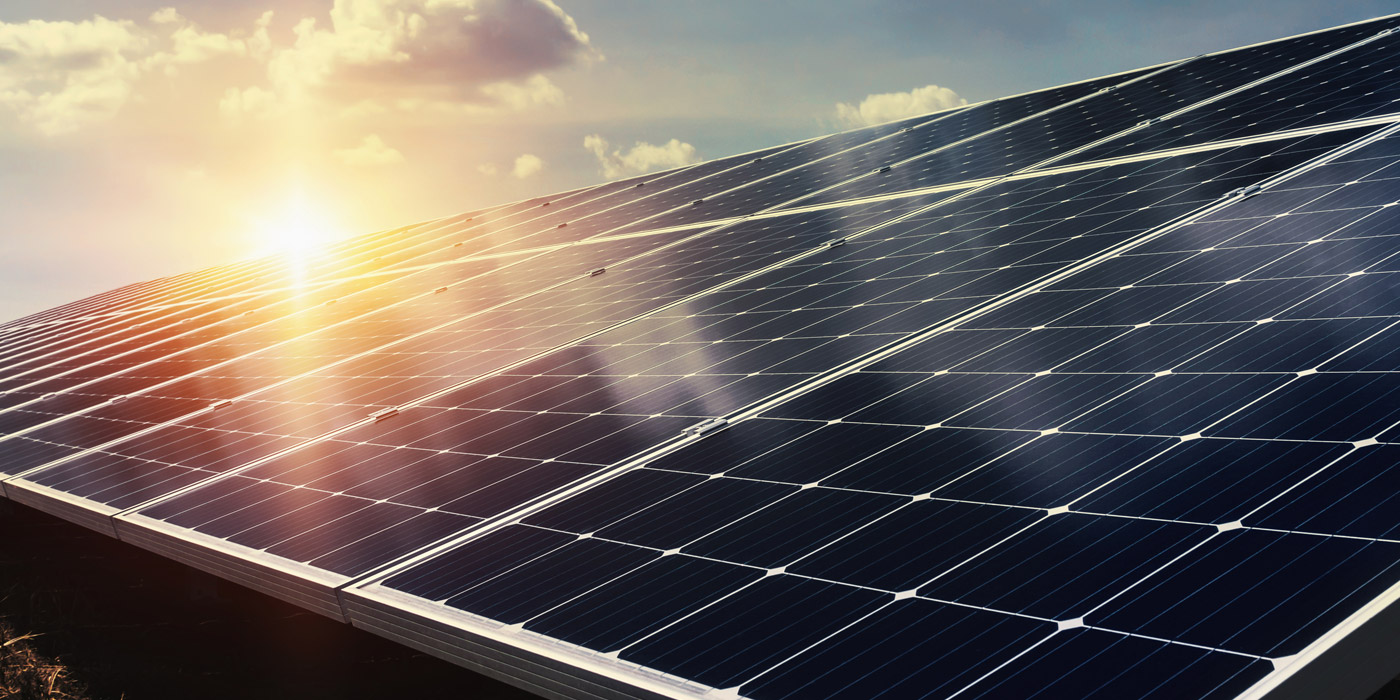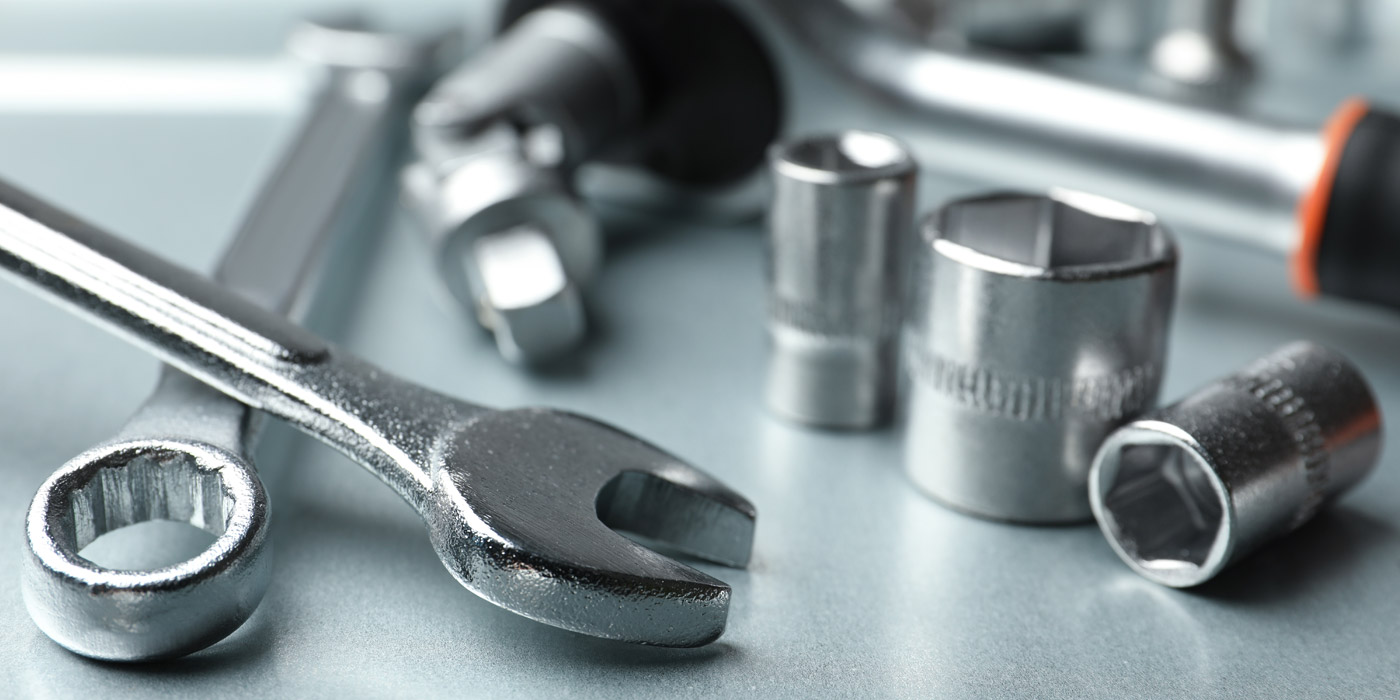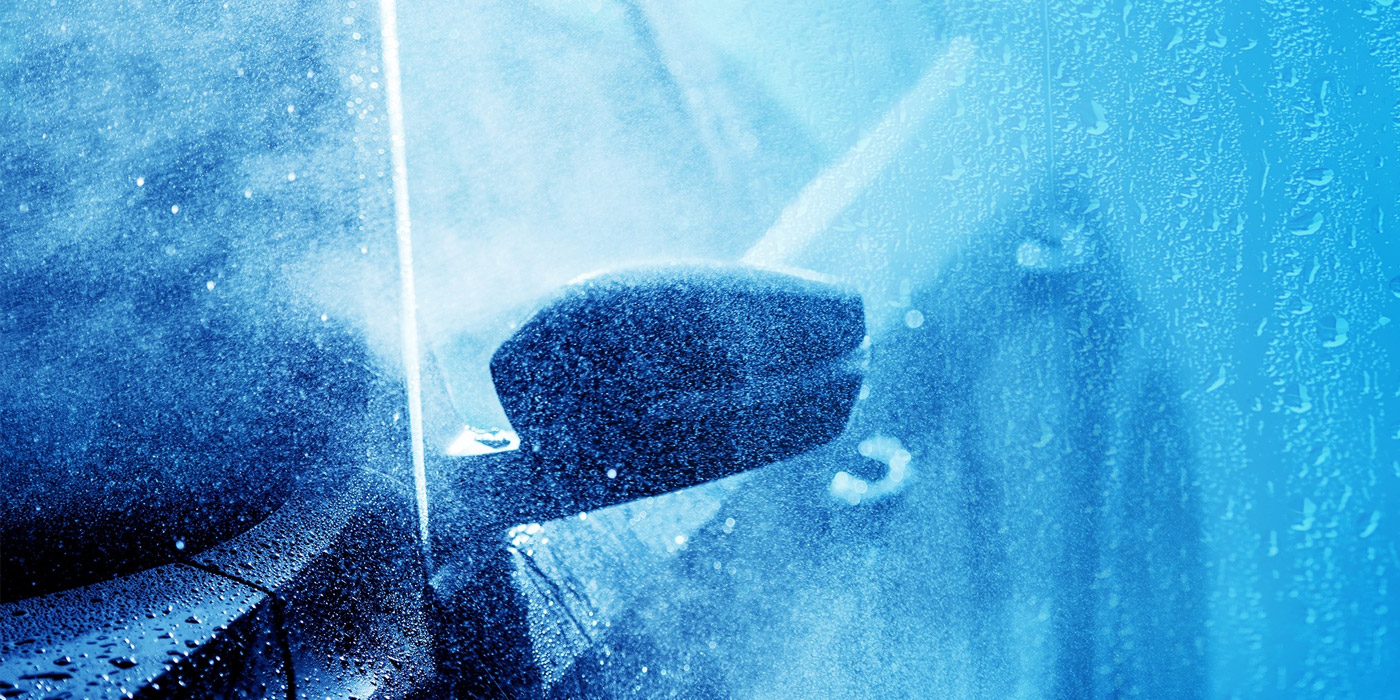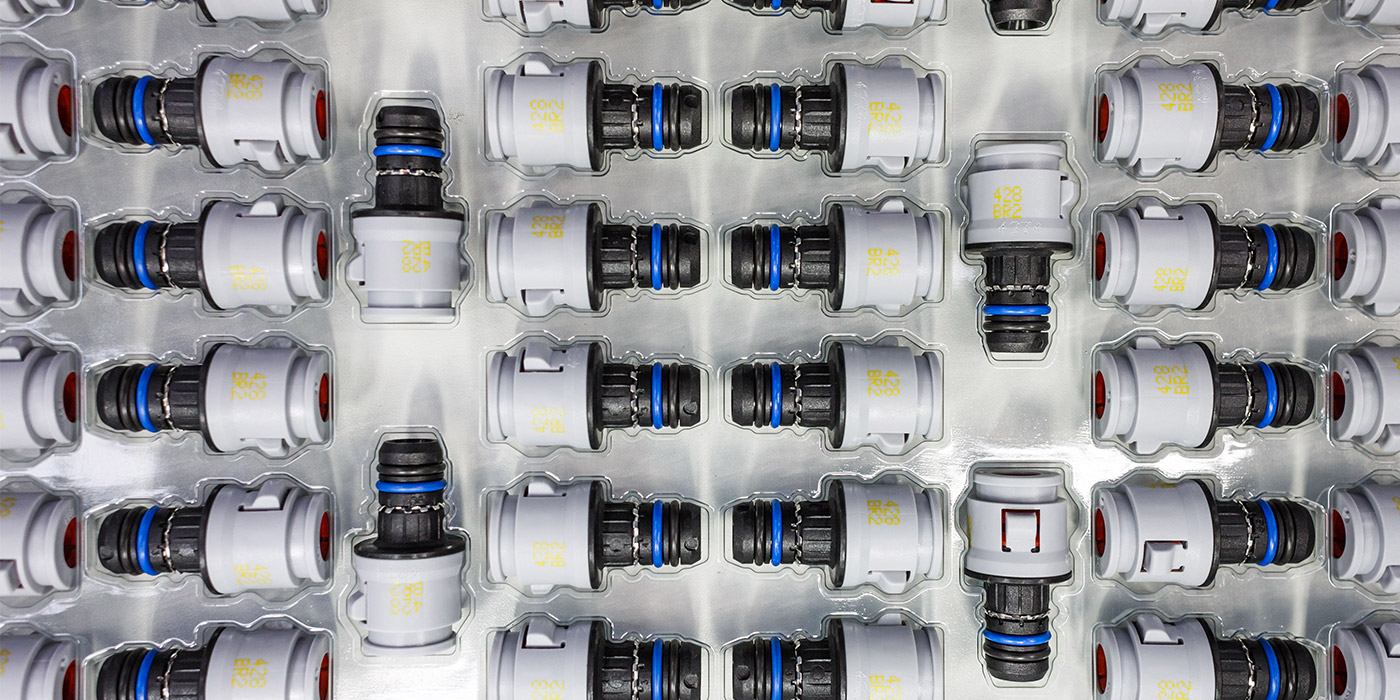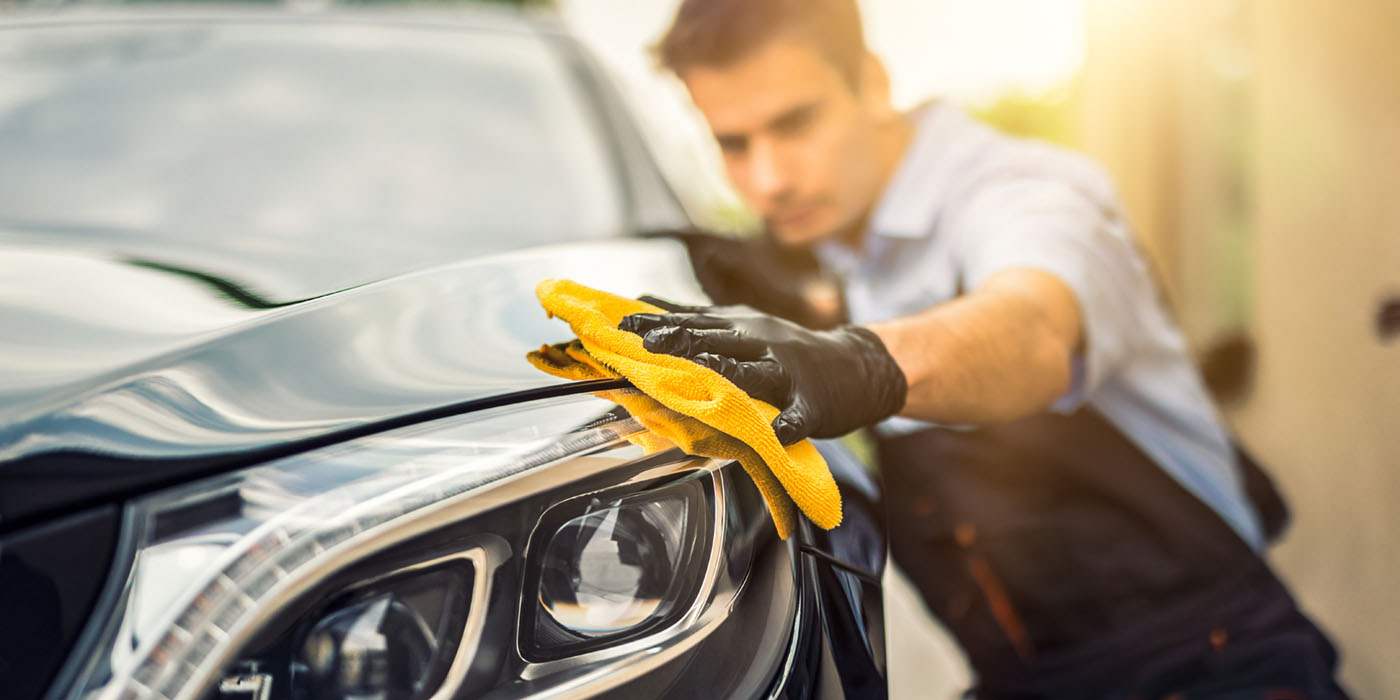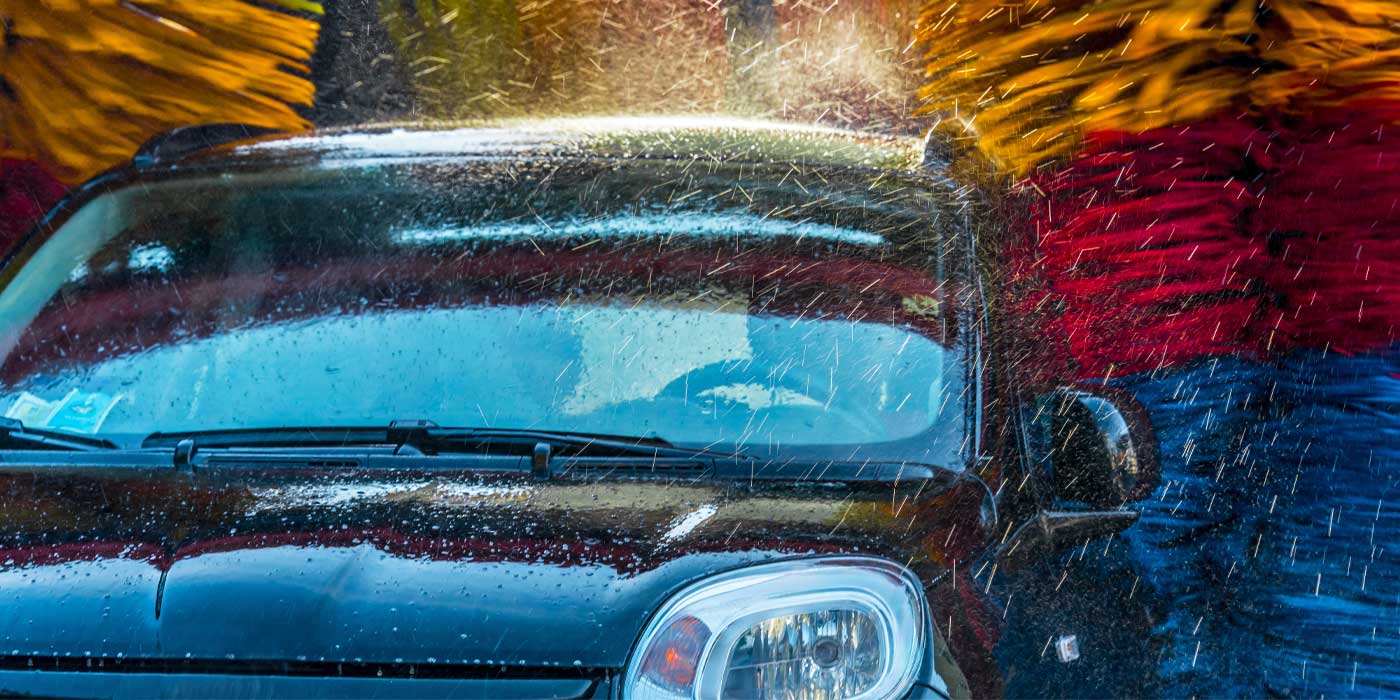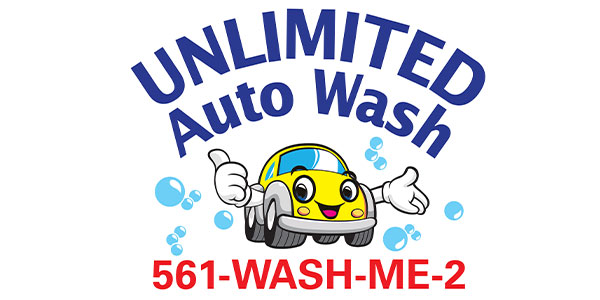If you plan to build a carwash, more likely than not, you will have to install a water recycling system. Certain states like California and Florida already mandate them for carwashes and other water-heavy businesses, but for much of the U.S., regulation happens at the municipal level. Nowadays, these regulations typically call for an average of 60% reclaim, according to Denise Wight, director of corporate accounts for New Wave Industries.
“[As] municipalities increasingly require the use of reclaim water in carwash operations and operators continually look for ways to increase profits, reclaim systems are becoming essential in the overall operation of the wash,” Wight underscores.
Of course, there are still areas that do not require such water conservation, likely because they have not yet been faced with water issues. On the other hand, there are also some areas of the country that offer rebates for adding in a reclaim system.
Whether they’re mandated in your area or not, it’s still a good idea to research water recycling systems and see which would be right for your carwash. After all, not only would such a system benefit the environment and discharge cleaner water to the sewer, but it will benefit your bottom line too, since you would ultimately spend less on water and sewer fees.
What are your circumstances?
Water recycling systems are not a one-size-fits-all purchase. Every carwash is unique, and your answers to the following questions will in part determine the type of system you need:
- What is the cost of your water and sewer?
- How long is your tunnel/how many bays do you have?
- Is your site attended or not?
- What is your expected car count?
- How many gallons per minute will you be using?
- Can you discharge waste to the sewer system?
- Where will the reclaim water be used in the wash process?
While all of these questions will affect the type of system you should purchase, “The dictating factor is generally where the water will be used in the wash process and customer preference,” Stan Royal, president of Con-Serv Manufacturing, states.
Wight adds, for instance, that if you’re only using a reclaim system for the undercarriage, you can typically use a system that filters out debris of 25 microns or higher. However, if you want to use it with high-pressure pumps, then you will need one that filters out down to 5 microns.
“Carwash owners have paid in excess of $100,000 for reclaim systems, only to find that this ‘new’ technology and all the bells and whistles needed created excessive amounts of maintenance and were not effective,” Wight states.
To keep from being in the same costly situation, you need to carefully consider the abilities and maintenance requirements of the following systems.
Types of systems
“Most drain systems consist of a catch basin to settle out the large solids, followed by a three-compartment underground settling tank to remove oil and grease, floatable materials and settle-able solids,” Wight explains. Design is critical to this part of the process, so be sure to check with reclaim professionals to make sure the tanks are designed and laid out properly, she adds.
“A poorly designed tanking system means disaster for the carwash operation,” Wight warns.
Some systems, Royal adds, rely solely on settling and the addition of chemicals to treat the water. “The systems that rely on settling will call for huge amounts of water to be stored underground or above ground. These systems rely on dwell time to provide the required result,” he states.
In more advanced systems, after the water settles, it will move through some type of filtration, and each method of filtration has varying results.
“Keep in mind that high particle content will lead to premature wear on water pumps, rotating unions, solenoid valves and spray nozzles,” Wight advises. “A system that consistently produces 5-micron quality water is the ideal solution for all wash types.”
Cyclonic separators
For those looking to get in on the reclaim action but keep it limited, a cyclonic separator might be the way to go. In fact, this type of system is widely used in the carwashing industry, according to Royal.
Cyclonic separators take the used water and spin it at high speeds to force the heavier particles to drop to the bottom of the cyclone, which sends the detritus to the reclaim tanks to settle out. “The cleaner water is discharged out of the top of the cyclone and sent to the carwash equipment or high-pressure holding tanks,” Lee Bonin with SoBrite Technologies explains. “Hydrocyclonic reclaim water is used mainly in high-pressure applications, such as undercarriage, wheel blaster, side blasters and top high-pressure rinse.”
The reason this water cannot be used in other areas of the carwash, such as for chemical dispensing and rinses, is because this type of system cannot filter out finer particulates. As Wight notes, “Not all cyclone separators are created equal. Many systems on the market are unable to achieve 25 microns or less.”
Bag filtration
In bag filtration units, reclaim water is forced through a filter bag, which catches the sediment in the water and removes it. These bags are normally constructed of a cotton material in various mesh weave sizes to filter out different micron-sized particles. The tighter the weave, the finer the separation will be.
“This is known as nominal filtration, due to the fact that the bag will be labeled as removing a certain percentage of the sediments that [it] is rated to remove,” Royal notes. “If you have a 25-micron bag, it may be nominally rated to remove 85% of the 25-micron-sized debris.”
Once the bag is full, however, it must be changed out with a new one. As such, this type of reclaim system requires much more attention than others, because the bags need to be changed on a daily basis, sometimes during operating hours. It is a very labor-intensive, dirty and smelly process. Furthermore, the finer the weave of the bag and the finer the separation, the more often the bags will need to be replaced.
Media filtration
Another widely-used reclaim system in the industry is media filtration, or a self-cleaning filter system.
Media filtration, also known as depth filtration, is the process whereby pit water is sucked from the reclaim tanks by a pump and pushed through a filter medium to sift out all particles of a certain size, which it will deposit back in the reclaim tank for easier removal. According to Wight, “The most common media are activated carbon, diatomaceous earth, silica sand and glass. The activated carbon and diatomaceous earth are porous media that absorb impurities.”
Bonin notes that this method is a more complex way of cleaning the water than the cyclonic method. “The reclaim water is sent through vessels where the dirt and oils become trapped in the media, and the filtered water is sent to a filtered water holding tank. The media is backwashed/cleaned every couple hours of running time. The system backwashes with its own water. The water produced through media filtration can be used on all high-pressure applications, all cloth, all rinse bars and arches before the final fresh water chemical applications and final reverse osmosis (RO) rinse,” he says.
Wight adds that it is critical to backflush on a regular basis, because heavy oil loads will clump the media together and bring the filtering process to a complete halt. Furthermore, consistency can be a major problem with these systems due to bacterial growth in the filter bed. Moreover, she states, “Avoid silicone- and oil-based chemical products. Silicone will clog filters; oil-based products will create a slime in the recycled water.”
In addition, Bonin says that this would be the preferred solution for carwashes that cannot discharge to the sewer and require a closed-loop system. “The media filtration system will allow you to use the reclaim water in more applications in your wash, for with a closed-loop system, you have to limit your adding of fresh water to your system,” he states.
However, it should be noted that even with a closed-loop system, at some point, water must be discharged, either by periodically pumping the tanks or utilizing irrigation or a leach field. Then, that water will have to be replaced.
Water restoration
Finally, a relatively new reclaim option is a water restoration system. Unlike the other options we have already discussed, which only filter out solid waste, this type of system also breaks down the chemicals in the water.
In this system, when the water is pumped from the last settling tank, it is sent through hydrocyclones to separate remaining solids down to 5 microns. The water is also aerated to promote aerobic microbe growth and then sent into a biologic chamber, where these microbes are grown to consume chemical waste. They are 90% more aggressive in consuming chemical waste in water than anaerobic microbes, and they give off carbon dioxide, which has no smell. Thus, this water can be reused in all functions of the wash except for the spot-free rinse.
Similarly, restored spot-free systems take water from a full restoration system, process it further and then send it to an RO system to produce spot-free rinse water, thus allowing the operator to use biologically restored water in all stages of the wash.
Now that we’ve discussed the particulars of each system, you might have a better idea of what you want. However, Royal warns, there’s one more important factor to come into play: your volume.
“For a high-volume site that uses a lot of water, a settling system may not be effective, since the dwell time would be reduced. A bag filter may need to be changed too often to make it a viable option. These are suited to lower volume sites, whereas a cyclonic separator or a self-cleaning filter can fit into many applications, low- or high-volume. The choice is then the filtration result you want from your reclaim system,” Royal educates.
Related: How becoming an eco-friendly carwash can save you money
Addressing odor
We’re all well aware that dirty water is contaminated and smelly, and therefore, reclaim water poses a serious odiferous risk to carwashes. “Bacteria growth in reclaim water starts immediately; if it is not addressed in some way, the water will go septic,” warns Wight.
There are two types of bacteria in all water: anaerobic and aerobic. Anaerobic bacteria thrive in dark environments devoid of oxygen, and they emit a gas that smells like sulfur. Aerobic bacteria, on the other hand, prefer water with high oxygen levels, and they emit carbon dioxide, which is odorless. As such, you want to promote the growth of aerobic bacteria in your water, and the key to that is aerating it.
“Aeration is a great way to help with odor control,” Royal explains. “In some cases, aeration is not enough to keep the odor down, and other options need to be implemented. Many good systems come with aeration of some sort as a starting point for odor control and are built to easily add other options if needed.”
According to Wight, there are several different ways to combat pit odor:
- Chlorine: For years, many operators have been dumping high amounts of chlorine or bleach into the reclaim tanks to kill all bacteria; however, this method only works for a day or two before the odor returns. In addition, since chlorine is a reactive chemical, when it runs out of microorganisms to kill, it begins to attack metal and seals in pumps, resulting in premature equipment failure.
- Pit odor deodorizers: While there are various “fragrances” that can be added to the pits to temporarily mask odors, they will not kill anaerobic bacteria and can add to the problem by adding additional contaminants to the waste water.
- Ultraviolet light: By passing water over ultraviolet light lamps, you can kill anaerobic bacteria. However, dirty reclaim water creates a film over these lamps, impairing their ability to kill the bacteria, so they need frequent cleaning. Additionally, the bulbs and ballasts wear out over time and lose their effectiveness.
- Enzymes: Enzymes consume the organic material that is used as a food source by bacteria in reclaim water. Without this food source, bacteria cannot survive and multiply. However, it is important to use the proper enzyme formulated for chemicals used in this industry.
- Biological systems: “These systems work by using bacteria and other biological enhancements to convert organic compounds to carbon dioxide and water. The main requirements include an active, healthy and compound-specific biological population, oxygen, nutrients and a balanced pH environment,” Wight says. “These systems are typically used by large wastewater management sites and are very labor-intensive. In the carwash environment, these are not hands-free systems; performance needs to be monitored on a daily basis by someone who understands the systems and the delicate balance of the compounds.”
- Chemical flocculation: This system uses specific chemicals to coagulate and flocculate (i.e., causing to form into small clumps) the organic particles, removing them from the water. However, this system is also highly sensitive to pH swings, and it can be very difficult to maintain as well as keep in balance.
- Ozone: Introducing ozone into reclaim pits kills all bacteria, thus destroying odor, and it also removes chemical dyes (though not the chemicals themselves), keeping the reclaim water as clear as possible. However, note that too much ozone can degrade rubber on O-rings, gaskets and pumps. Furthermore, such a system must have the ability to control how much ozone is being injected at all times.
Consult a water recycling system manufacturer to address any questions you might have about the specific systems available, and get the representative’s opinion on which one may be best for you.

